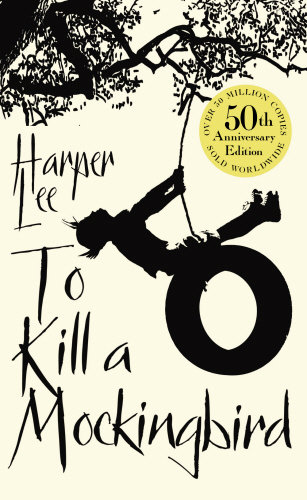 To Kill A Mockingbird
To Kill A Mockingbirdby Harper Lee
reviewed by Haley Flynn
Harper Lee’s 1960 novel, To Kill a Mockingbird, drew inspiration from her own childhood experiences. Much like the novel’s protagonist Scout, Lee grew up as a tomboy in rural Alabama, and her father was an attorney and member of the Alabama State Legislature. As a child, the culture in which Lee lived was steeped in a violent kind of all pervasive racism. It follows that To Kill A Mockingbird draws upon the author’s own understanding of racial bias, using the character of Scout and her experiences to teach readers that, “You never really understand a person until you consider things from [their] point of view - until you climb into [their] skin and walk around in it” (Lee 39).
Within Scout’s small community of Maycomb, Alabama, nothing could get locals gossiping more than Arthur “Boo” Radley or the “negroes” who lived on the outskirts of town. Young Scout, her brother Jem, and friend Dill were no exception to this rule. Boo, who was rumored to have stabbed his father in the leg with a pair of scissors, was of particular interest to the children. Both terrified and intrigued by Boo’s mysterious nature, their summer days were consumed with farfetched plots to catch a glimpse of him and see if he really did live off of raw cats and squirrels! What they thought they knew about Boo, however was far from the truth and they soon learned that he was not so frightening after all. Scout, Jem, and Dill also spent a lot of time meddling into their father Atticus’ defense cases. When Atticus agreed to represent Tom Robinson, a local black field hand accused of raping a young white woman, the children’s interest in their father’s work was further piqued. Peers, neighbors, and elders’ discourse concerning Atticus and Robinson had a profound effect upon the children’s internalization of right and wrong. By the end of the novel, they learned that sometimes grown ups don’t always make the right decisions.
Overall, I would give To Kill a Mockingbird a 4.5 out of 5 stars. Lee’s words create a vivid image of racism in the South during the Great Depression from a child’s perspective. This allows young readers to begin to understand the implications of irrational discrimination and hatred; it also encourages them to have the courage to defend what they believe is right.
No comments:
Post a Comment